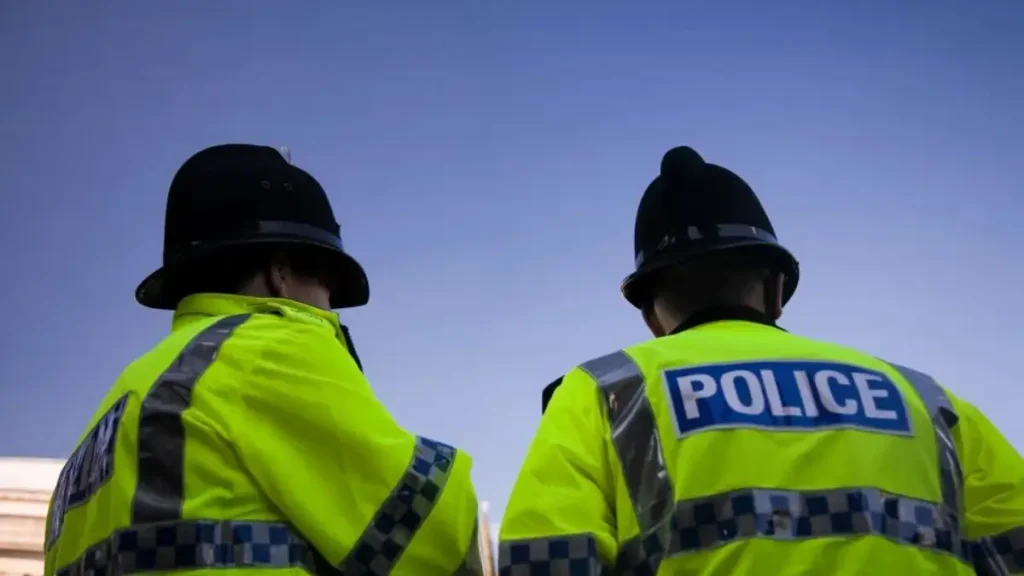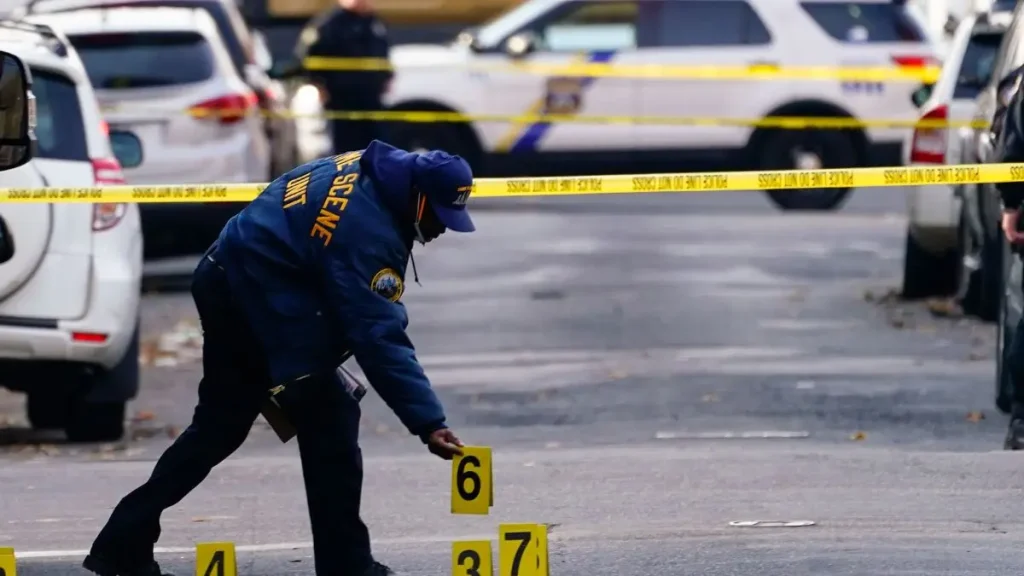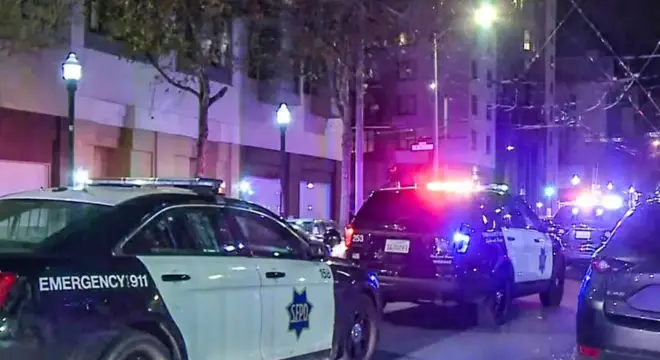Police Find Girl Dead at Home — Could a Security System Have Helped?
I wish this story didn’t need to be written.
A 14-year-old girl died suddenly at her home in Hartlepool — and no one really knows why yet. That alone is heartbreaking. But what makes it even more disturbing is that a 55-year-old man and a 44-year-old woman were arrested soon after. The police are calling it an “unexplained death.” Both adults were later released on bail, and an investigation is still underway.
If you’ve been following this through headlines, you’ve probably seen the same thing repeated: sudden death, two arrests, and not much more. No name. No cause. Just questions.
But behind every breaking news alert is a real person. A child. A grieving family. And a community trying to make sense of what just happened in their neighborhood.
Let’s start by grounding ourselves in the facts — not speculation.
This happened in a home on Shrewsbury Street, Hartlepool. Emergency services were called, but by the time they arrived, it was too late. According to the official statement from Cleveland Police, the girl’s death is currently being treated as “unexplained,” which means the cause isn’t clear and no foul play has been confirmed — or ruled out.
Here’s what we do know:
- A post-mortem is being carried out.
- Investigators are speaking to people who were present at the time.
- Social services are reportedly aware of the family.
What’s not being said publicly is sometimes just as important as what is. And that’s what we’re going to unpack next.
Official Statements and Investigation Status
As of now, this is an open investigation with very few confirmed answers.
Cleveland Police responded to an emergency call at a home on Shrewsbury Street in Hartlepool. Sadly, the 14-year-old girl was pronounced dead at the scene. Her death is being treated as “unexplained”, which is a legal term meaning the cause isn’t immediately obvious — and that more information is needed before police can draw any conclusions.
Two adults — a 55-year-old man and a 44-year-old woman — were arrested at the scene. Both have since been released on bail, pending further investigation. That doesn’t mean they’re innocent or guilty — it just means police are continuing to gather evidence before deciding the next step.
Here’s the wording from the official police release:
“Officers are investigating the circumstances surrounding the sudden death of a 14-year-old girl in Hartlepool. Two people were arrested and have now been released on bail. Enquiries are ongoing.”
Forensics officers were seen entering and exiting the house. Locals reported police presence for over 12 hours, including plainclothes detectives. The property has not been officially cordoned off long-term, which may suggest police are confident it’s safe.
Community Response and Local Sentiment
The people of Hartlepool didn’t just scroll past this story — they felt it.
As the news broke, locals turned to social media to process the shock. On Facebook pages like Hartlepool News Alerts, hundreds of comments poured in. Most shared a common theme: heartbreak, concern, and confusion.
One resident wrote:
“It’s devastating. She was just a kid. Whatever happened, a young life is gone.”
Another pointed out the need for privacy:
“This isn’t a drama. It’s someone’s daughter. People need to stop guessing and let the truth come out.”
Offline, the atmosphere was just as heavy. Neighbors left flowers outside the property. Teachers and school staff were reportedly made aware of the situation, with some offering support to students. While the girl’s school hasn’t been named publicly, there’s little doubt that friends and classmates are struggling.
There’s no fundraiser, no public vigil — not yet. But the silence in the neighborhood speaks volumes. In small towns, grief doesn’t always show up with headlines. Sometimes it’s a parent holding their child closer at bedtime. Or a teacher taking a moment longer before roll call.
Contextualizing ‘Unexplained’ Deaths in the UK

When a 14-year-old girl dies suddenly, and police describe the cause as “unexplained,” it leaves a painful kind of uncertainty. You’re left wondering — was it natural? Was someone responsible? Could it have been prevented?
In the UK, “unexplained death” is a formal term used when there’s no immediate cause visible at the scene. It can refer to a sudden medical episode, neglect, injury, or something more complex — and it triggers an automatic post-mortem.
According to Office for National Statistics (ONS) data, while rare, there are still a number of cases each year where children or teenagers die suddenly with no immediate explanation. In 2023, over 30 child deaths in England and Wales were recorded as unexplained or undetermined — most of them never made national news.
What makes the Hartlepool case stand out is the presence of two adults at the scene, both of whom were arrested and later released on bail. According to a report by the Daily Mail, police and forensic teams were seen entering and leaving the property, and neighbors described a heavy emergency response presence throughout the day.
The Daily Mail also confirmed that social services had been previously involved with the family — a detail that, while unconfirmed officially, raises deeper concerns about the child’s environment.
This isn’t about jumping to conclusions — it’s about context. In past UK cases labeled as “unexplained,” some were eventually ruled accidental or medical. Others revealed patterns of neglect, abuse, or psychological distress that had gone unnoticed.
The Role of Social Media in Modern Investigations
In a story like this, social media becomes the second crime scene.
Within hours of the news breaking, posts started circulating on Facebook groups and Twitter threads. Some people shared sympathy. Others jumped to assumptions — blaming parents, speculating about causes, even naming people who hadn’t been officially identified.
And that’s where the danger lies.
Police explicitly requested that the public avoid speculation, especially online. Not because they’re trying to hide anything, but because false information can destroy lives and derail real investigations.
Think about it:
Imagine being a grieving parent and reading strangers accuse you of murder. Or being a classmate and seeing your friend’s death become a social media debate.
That’s why platforms like Hartlepool News Alerts and Teesside Incidents started actively moderating comments on their posts. Some even disabled commenting entirely.
Still, not all engagement is harmful. Social media has also played a positive role:
- Sharing police updates faster than traditional media
- Helping people coordinate emotional support and school-based responses
- Keeping the story alive with dignity
While families in Hartlepool mourn in silence, across the world, the ultra-rich like Jeff Bezos and Lauren Sánchez are making headlines for their $165 million LA mansion — complete with a private writing nook fit for royalty.
Legal Procedures Following Sudden Deaths

When a child dies unexpectedly, the investigation doesn’t start with courtroom drama — it starts quietly, methodically, and often behind closed doors.
The first step is always a post-mortem examination. This is where medical examiners look for internal or external signs that can explain the death — whether it’s illness, trauma, poisoning, or any other anomaly. In this case, the post-mortem is underway, and until it’s complete, even the police are in a holding pattern.
Once results come in, the police have a few options:
- If the death is confirmed as natural, the case may be closed with no further action.
- If there’s evidence of harm or neglect, the case escalates into a criminal investigation.
- If the findings are inconclusive, a coroner’s inquest may be launched to determine how and why the child died.
In situations like this, where arrests have already been made, police are likely using the post-mortem findings to decide whether to file charges or release the suspects entirely. It’s a delicate legal balance — protecting the rights of those questioned while also ensuring justice for the child.
As per standard UK law, police can detain individuals temporarily but must either charge or release them (usually on bail) while further inquiries continue. That’s exactly what’s happened in this case.
Support Systems for Grieving Communities
A tragedy like this doesn’t just affect one family — it ripples out through schools, neighborhoods, and even strangers who hear the news and can’t stop thinking about it.
When a young person dies suddenly, especially in circumstances that involve police and headlines, the emotional toll is enormous. Students may be confused or frightened. Parents may feel anxious. Teachers, friends, and even emergency responders often carry invisible weight for weeks.
That’s why grief support services are so critical right now.
In Hartlepool, it’s likely that local schools have activated their child safeguarding and bereavement protocols, even if the student’s name hasn’t been made public. Many schools partner with organizations like Child Bereavement UK or Kooth, which offer counseling for students dealing with loss or trauma.
For adults, services like Cruse Bereavement Support and local mental health helplines are essential. Communities often rally together informally too — with small gestures, like meal trains for grieving families, or simply making space for conversations that need to happen.
If you’re a parent, teacher, or even just a neighbor reading this — check in. You don’t have to solve anything. Sometimes just listening is enough.
Suggested resource for families:
- Child Bereavement UK – https://www.childbereavementuk.org
- Kooth (online counseling for teens) – https://www.kooth.com
- Cruse Bereavement Support – https://www.cruse.org.uk
Conclusion
This story isn’t just about what happened on Shrewsbury Street — it’s about the fragile lives behind the headlines.
A 14-year-old girl is gone, and no update, arrest, or article can undo that. But what we can do — as readers, neighbors, and human beings — is hold space for that loss. To stay curious without being cruel. To demand truth without turning tragedy into spectacle.
As we wait for clarity, let’s not fill the silence with noise. Let’s use it to ask better questions. About child safety. About community responsibility. About how we can support families before they reach a breaking point.
Because behind every “unexplained death” is a story — and behind every story is a chance to do better.
Disclaimer: This article is based on publicly available information as of the latest updates from police and media sources. It does not assume or imply guilt against any individual or party involved. For legal accuracy, always refer to official police statements and court records.


